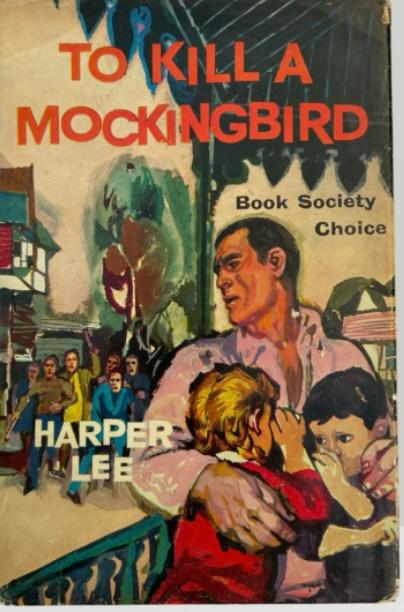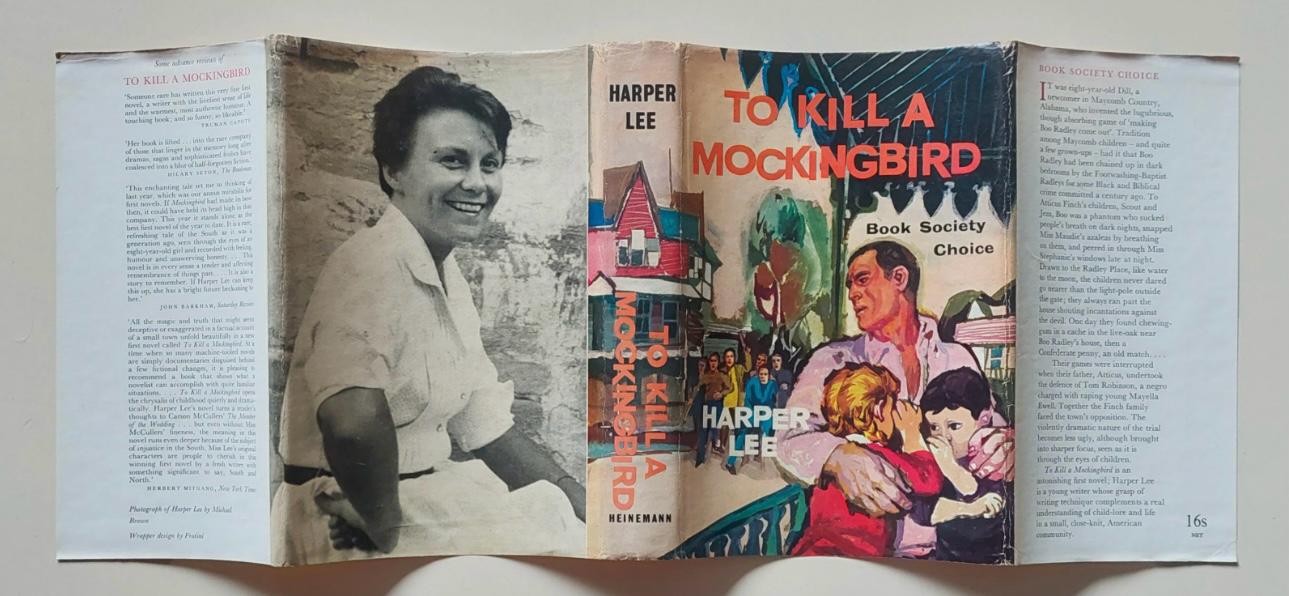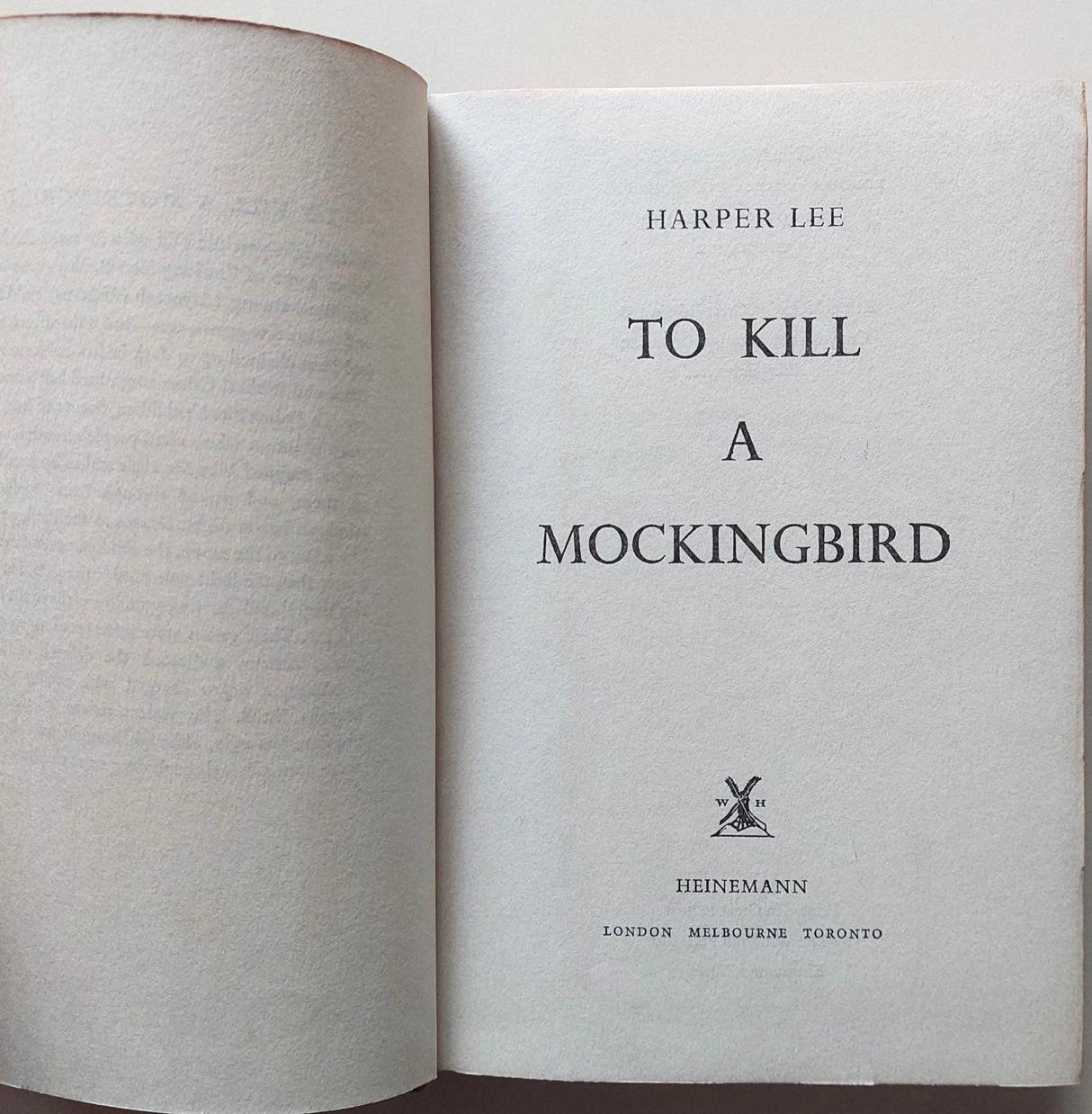Harper Lee’s “To Kill a Mockingbird,” published in 1960, is a Pulitzer Prize-winning novel that delves into the complexities of human nature, morality, and justice in the fictional, racially charged town of Maycomb, Alabama, during the Great Depression.
The story is told through the innocent yet insightful eyes of Jean Louise “Scout” Finch, a tomboyish and intelligent girl who is six years old at the beginning of the narrative. She lives with her older brother, Jem, and their widowed father, Atticus Finch, a highly respected and morally upright lawyer.
The central plot revolves around Atticus’s courageous decision to defend Tom Robinson, a Black man who has been wrongly accused of raping Mayella Ewell, a poor white woman. Despite overwhelming evidence of Tom’s innocence and the blatant prejudice of the Ewell family, the deeply ingrained racism of the community makes a fair trial nearly impossible. The trial and its aftermath expose Scout and Jem to the harsh realities of racial discrimination, social inequality, and the ugliness of human prejudice.
Intertwined with the main plot is the children’s fascination with their reclusive and mysterious neighbor, Arthur “Boo” Radley. Boo is the subject of wild rumors and superstitions, and the children initially view him as a terrifying figure. However, as the story progresses, they learn valuable lessons about judging others, and Boo ultimately emerges as a symbolic “mockingbird” – an innocent and harmless being who is misunderstood and targeted by society’s biases.
“To Kill a Mockingbird” explores several profound themes:
- Racial Injustice and Prejudice: This is the most prominent theme, highlighted by Tom Robinson’s unjust trial and conviction, showcasing the systemic racism prevalent in the American South during the 1930s.
- Loss of Innocence/Coming of Age: Scout and Jem’s journey from childhood naivety to a more nuanced understanding of the world’s complexities, including the presence of evil and injustice, is central to the narrative.
- Empathy and Compassion: Atticus consistently teaches his children the importance of understanding others’ perspectives, even those who are different or difficult.
- Morality and Integrity: Atticus Finch serves as a beacon of moral courage, standing firm in his convictions despite societal pressure and personal danger.
- Good vs. Evil: The novel contrasts the inherent goodness of characters like Atticus and Boo with the malevolence and ignorance embodied by figures like Bob Ewell.
“To Kill a Mockingbird” remains a powerful and enduring work, celebrated for its moving storytelling, memorable characters, and its unflinching examination of critical social issues. It continues to be widely read and studied for its timeless messages about justice, tolerance, and the human spirit.





![Black and British [Signed Copy]- David Olasoga](https://bakorbooks.com/wp-content/uploads/2025/01/IMG-2395982u9-300x300.jpg)



Reviews
There are no reviews yet.